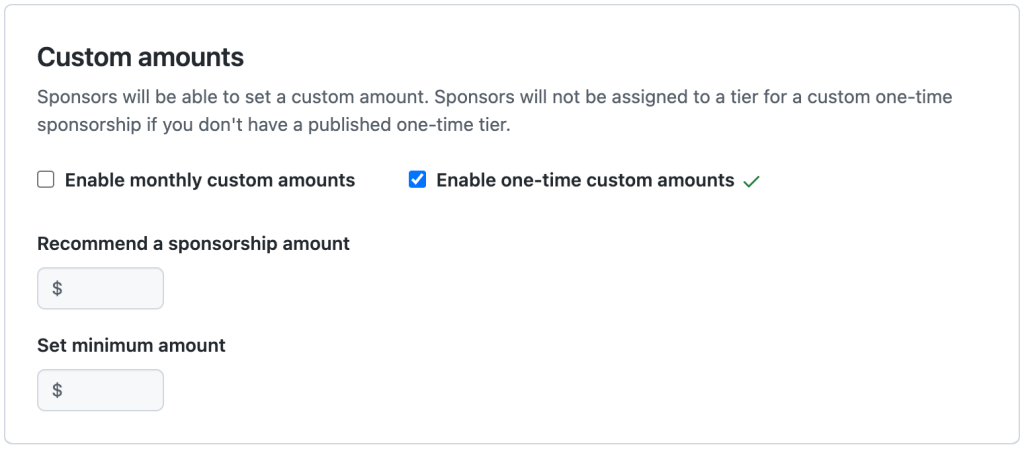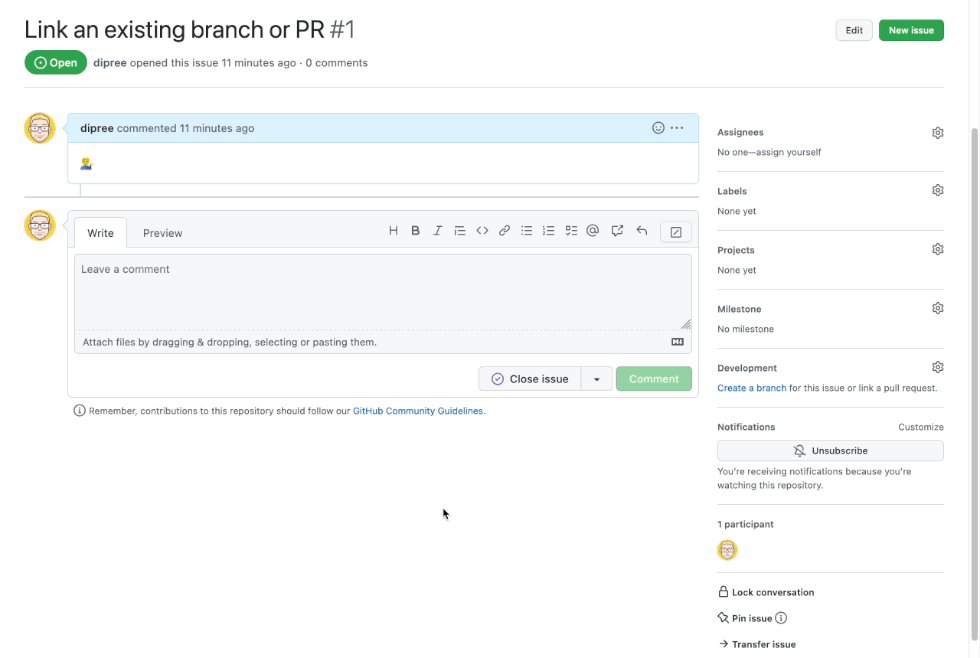Today’s Changelog brings auto-hiding columns based on board filters, item numbers in table layout, updated enterprise project visibility settings, and issue transfer updates!
🙈 Auto-hide columns with board filters
You ask, we deliver! With today’s release, project boards will automatically hide columns depending on the filters you’ve applied. Customize your boards with the exact set of columns you need – no more empty columns here!

#️⃣ Item number displayed in table layout
Addressing a popular customer request, issue and pull request numbers are now displayed alongside the title in the table layout. Quickly identify item numbers without having to open the issue to PR or search to find your specific items. 🔢

⚙️ Enterprise visibility settings for GHEC
Enterprises on GHEC now have the ability to set the policy for who is able to change the visibility of projects within its organizations.
Enterprise admins can change the visibility setting in the Enterprise Projects Policies page. 👀

📝 Issue transfer updates
Based on your feedback, we have updated issue transfers to avoid label duplication. 🚫 🏷️ 🏷️
When transferring an issue between repositories:
- Labels will now only be transferred if they already exist in the target repository.
- Milestones will now be transferred if they exist, with matching names and due dates, in the target repository.
Our GraphQL API has been updated to include a flag for anyone looking for the old behavior. If you would like to transfer an issue and create new labels at the same time, you can use the ‘createLabelsIfMissing‘ flag.
✨ Bug fixes & improvements
Other changes include:
- Fixed a bug in the filter bar so that
Reviewers:@me works as expected.
- Updated the Date selection component to be consistent across browsers and project pages.
- Quickly add a PR from a repo that has Issues disabled by pasting its link into the project. We’ll render it correctly now!
See how to use GitHub for project planning with GitHub Issues, check out what’s on the roadmap, and learn more in the docs.

















